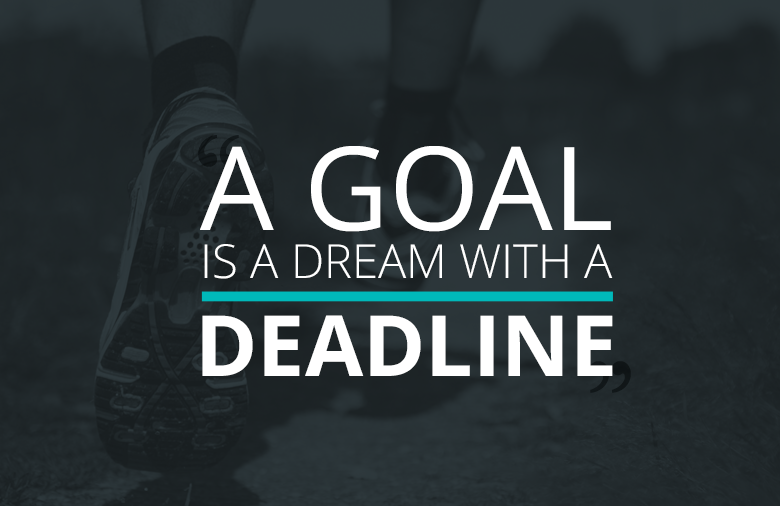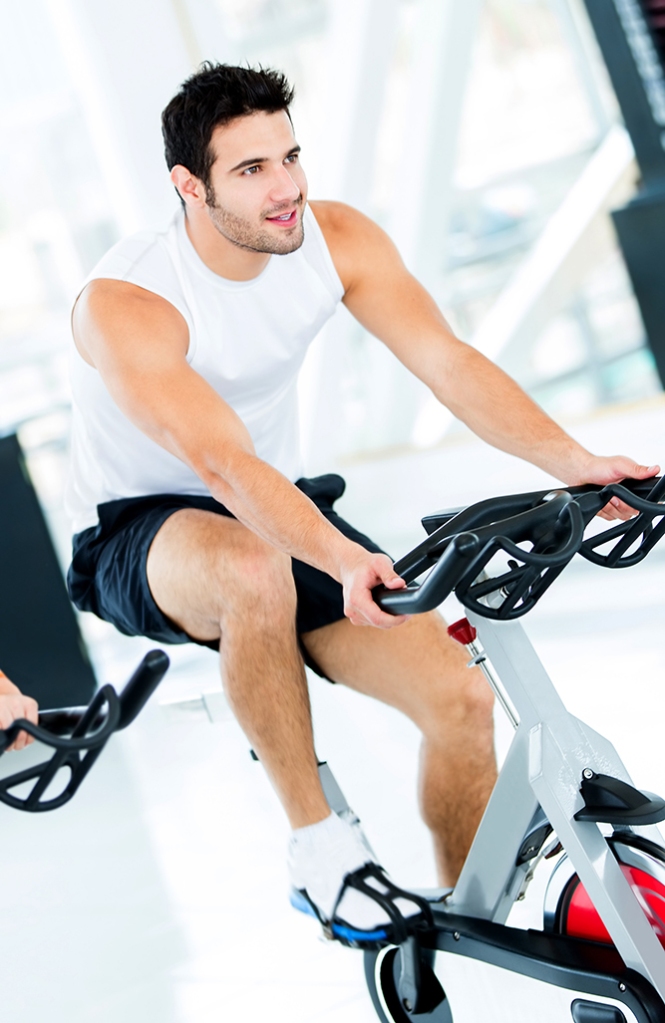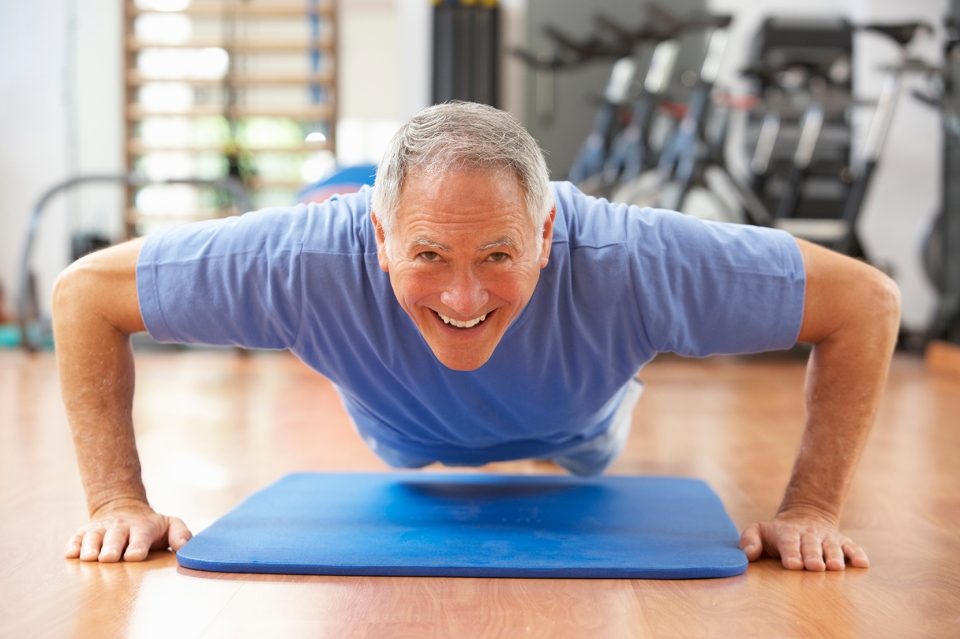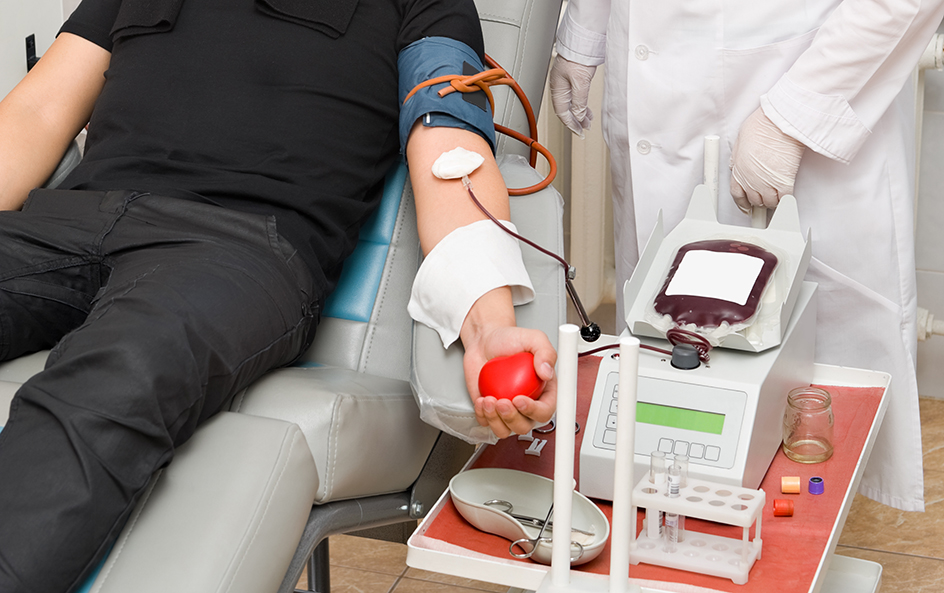Arthritis is a musculoskeletal condition that affects the joints. It’s one of the main causes of disability of people 55 and older throughout the world. In the United States, 1 in 5 adults is affected by arthritis – that’s more than 50 million people.
What is arthritis?
With its name stemming from Greek, it basically means joint (arthron) and inflammation (itis). Generally, arthritis causes pain and swelling in the joints. Arthritis is not a single disease, but actually is a term that covers more than 100 medical conditions.
How does arthritis affect the joints?
Arthritis generally has an effect on how the joint operates. A joint is where two bones move against each other, with ligaments, similar to elastic bands, holding the joints together. Cartilage then covers the bones so they don’t rub directly against each other, as synovial fluid keeps everything lubricated. Arthritis impacts any one of these parts of the joint, either as cartilage that has worn away, a lack of fluid, the body attacking the joint, infection – or a combination of any of these.
What causes arthritis?
Arthritis is caused by many factors working together? Here are some of the most common causes:
- Genetic makeup
- Physically demanding job
- Repetitive movements
- Previous joint injury
- Infections or allergic reactions
- Obesity, which strains the joints
- Autoimmune disease
Types of arthritis?
Although there are more than 100 types of arthritis, the two most common types are osteoarthritis and rheumatoid arthritis.
Osteoarthritis – Cartilage is the joint’s shock absorber and gradually wears away in some areas. It is more easily damaged when it loses its elasticity and becomes stiff. As the cartilage is damaged, tendons and ligaments are stretched, causing pain. Eventually, the bones rub together, which causes sharper pain.
Rheumatoid Arthritis – When the synovial fluid is attacked by a virus, it results in inflammation of the joints. As the swelling and pain persist, deformity of the joint can be the result.
What are some signs and symptoms?
Osteoarthritis – Usually marked by joint pain in the early morning or after inactivity, osteoarthritis slowly develops and gets worse with time. The joint will be harder to use and loses its flexibility. Hard lumps and bone spurs may occur at the joint. This type usually affects the hips, hands, knee and spine.
Rheumatoid arthritis – People with this type experience painful swelling, inflammation and stiff joints. This type generally affects the fingers, arms, legs and wrists – but as it progresses, other joints are affected. Joints are generally tender, red and puffy, with bumps of tissue under the skin. Pain is accompanied by a loss of energy and weight loss.
Living with arthritis
While your medical care provider may suggest physical therapy and medication, there are other ways to help with your condition.
- Reduce you intake of sugary and fatty foods, such a red meat, cream and cheese.
- Eat plenty of fruits and vegetables, whole grains and fatty fish high in Omega-3 essential fatty acids.
- Maintain a proper body weight to reduce stress on the joints.
Although there is no cure for arthritis, you can help reduce the impact on your life by following these suggestions. Also, stay in contact with your physician who can advise you about techniques, therapies and nutrition that can help you live a healthier life while managing your arthritis.
Sources









